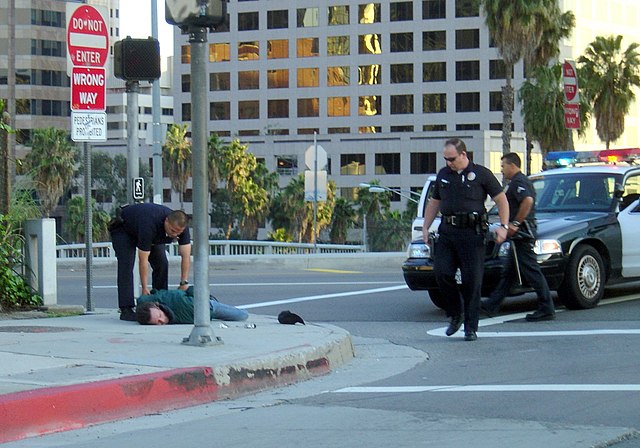Crime prevention through environmental design
Crime prevention through environmental design (CPTED) is an agenda for manipulating the built environment to create safer neighborhoods.
This curved street with balconies allows for additional opportunities for residents to spot suspicious activity, while also making it difficult for criminals to plan escape routes.
A picket fence reduces access, while allowing bystanders to see suspicious activity.
A dilapidated chain link fence signals that the building it is protecting is not very secured, while a well maintained bush indicates risk due to evidence of recent activity.
In criminology, the Broken Windows Theory states that visible signs of crime, antisocial behavior and civil disorder create an urban environment that encourages further crime and disorder, including serious crimes. The theory suggests that policing methods that target minor crimes, such as vandalism, loitering, public drinking and fare evasion, help to create an atmosphere of order and lawfulness.
Broken windows of the Stehli Silk Mill in Manheim Township, Lancaster County, Pennsylvania
Graffiti in the New York City Subway system in the early 1980s
New York City Police Department officers c. 2005
Man getting arrested







